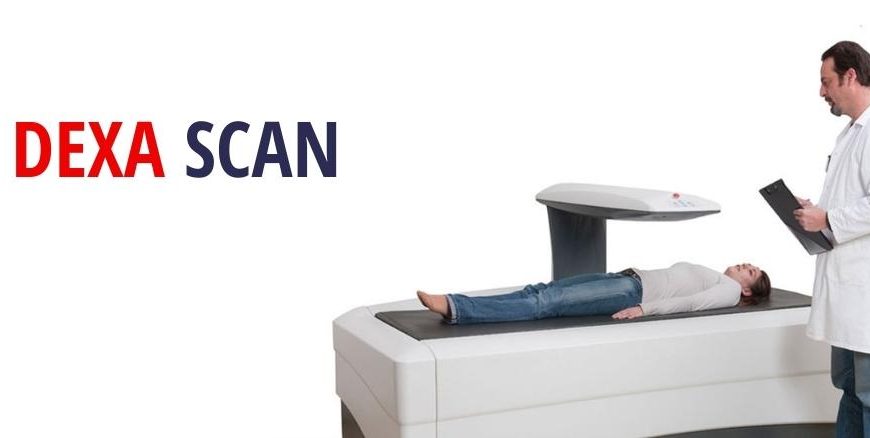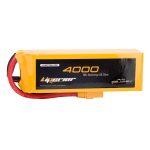Maintaining optimal bone health is crucial for overall well-being, yet it’s often overlooked until issues arise. With advancements in medical technology, we now have powerful tools like Dexa scans that offer deep insights into our skeletal structure. Dexa scans (Dual-Energy X-ray Absorptiometry) are a non-invasive and highly accurate way to measure bone density, assess risks for osteoporosis, and track changes over time. This article dives into how Dexa scans work, their benefits, and what you can expect from this innovative diagnostic tool.
What is a Dexa Scan?
A Dexa scan is a medical imaging test that uses low-dose X-ray technology to measure bone density. The scan produces two X-ray beams, one high-energy and one low-energy, which pass through the bones. The difference in absorption between these two beams helps calculate the bone density. This test is commonly used to assess the strength of bones and identify conditions like osteoporosis.
Unlike regular X-rays, which are primarily used to detect fractures, a Dexa scan provides a detailed understanding of the mineral content in bones. This helps in diagnosing bone loss early, before it leads to fractures or other complications.
How Does a Dexa Scan Work?
The process of a Dexa scan is straightforward and non-invasive. During the test:
- Preparation: You’ll be asked to lie down on a padded table, remaining still while the machine scans your bones.
- Scanning: The machine sends two X-ray beams at different energy levels through the bone, typically targeting the spine, hip, and sometimes the forearm.
- Analysis: The X-rays pass through the soft tissues and are absorbed by the bones. The differences in absorption are analyzed by the machine to calculate bone density.
- Results: The results are given as a T-score, which compares your bone density to that of a healthy young adult. A T-score of -1 or above is considered normal, while a T-score between -1 and -2.5 indicates osteopenia, and a score below -2.5 signifies osteoporosis.
Why You Should Get a Dexa Scan
With age, our bones naturally lose density, becoming more susceptible to fractures. Dexa scans offer a proactive approach to monitor this progression. Here’s why you should consider getting one:
1. Early Detection of Osteoporosis
Osteoporosis is often called the “silent disease” because it progresses without noticeable symptoms until a fracture occurs. A Dexa scan can catch early signs of bone loss, allowing for preventive treatment before fractures or more severe issues develop.
2. Tracking Bone Health Over Time
For individuals with risk factors—such as family history of osteoporosis, long-term steroid use, or certain medical conditions—a Dexa scan provides a baseline for bone health. Follow-up scans can help monitor any changes in bone density over time.
3. Accurate Fracture Risk Assessment
By analyzing bone density in key areas like the spine and hip, Dexa scans offer accurate risk assessments for fractures. Knowing your fracture risk allows you and your healthcare provider to take preventive measures to strengthen bones and reduce risks.
4. Personalized Treatment Plans
The detailed insights from a Dexa scan enable doctors to create tailored treatment plans. Whether it’s calcium and vitamin D supplementation, lifestyle changes, or prescription medications, the results from a Dexa scan can guide decisions that promote better bone health.
Who Should Consider a Dexa Scan?
While Dexa scans are often associated with older adults, they’re beneficial for various age groups and health conditions. Consider getting a Dexa scan if you:
- Are a woman aged 65 or older, or a man aged 70 or older
- Have broken a bone after age 50
- Have gone through early menopause
- Have a family history of osteoporosis
- Take medications like corticosteroids, which can affect bone density
- Have medical conditions like rheumatoid arthritis, kidney disease, or hyperthyroidism
- Smoke or consume excessive alcohol, both of which can weaken bones
What to Expect During Your Dexa Scan
A Dexa scan is quick, painless, and requires no special preparation. You may be asked to avoid calcium supplements for 24 hours before the test. Here’s what you can expect during the process:
- Arrival and Preparation: Once you arrive at the clinic, you’ll be asked to remove any metal objects, such as jewelry or belts, that could interfere with the scan. You’ll be given a gown to wear if necessary.
- Scanning Process: The test typically takes 10-20 minutes. You’ll lie flat on a padded table while a scanning arm passes over your body. There’s no need to hold your breath or move; just relax and remain still.
- Receiving Your Results: After the scan, a radiologist will analyze the data and provide a report, which your doctor will use to discuss your bone health. Based on your T-score, they’ll recommend steps to improve or maintain your bone density.
Conclusion
A Dexa scan is an essential tool in maintaining and improving bone health, especially as we age. With its ability to detect bone density loss early, it’s a powerful diagnostic tool for preventing osteoporosis and fractures. Whether you’re at risk for bone-related conditions or just want to take a proactive approach to your health, a Dexa scan can offer clear insights and peace of mind.
FAQs
1. Is a Dexa scan safe?
Yes, a Dexa scan is safe. It uses very low doses of radiation, much lower than standard X-rays, making it a non-invasive and risk-free procedure for most individuals.
2. How often should I get a Dexa scan?
If you’re at risk for osteoporosis or have a family history of bone density issues, your doctor may recommend a Dexa scan every 1-2 years. For individuals without risk factors, a scan every few years may be sufficient.
3. Can I eat before a Dexa scan?
Yes, you can eat normally before a Dexa scan. However, it’s recommended to avoid calcium supplements for 24 hours before the test, as they can affect the results.
4. What areas of the body are scanned?
The most common areas scanned during a Dexa test are the spine, hip, and sometimes the forearm. These areas provide the most accurate reflection of bone density and fracture risk.
5. Will the results of the Dexa scan be immediate?
In most cases, a radiologist will need to review the scan results. You’ll typically receive a report within a few days, which you can discuss with your healthcare provider.
Dexa scans offer a breakthrough in bone health, providing detailed insights that allow for early intervention and personalized treatment. By taking advantage of this technology, you can stay ahead of potential bone issues and maintain strong, healthy bones throughout your life.
















